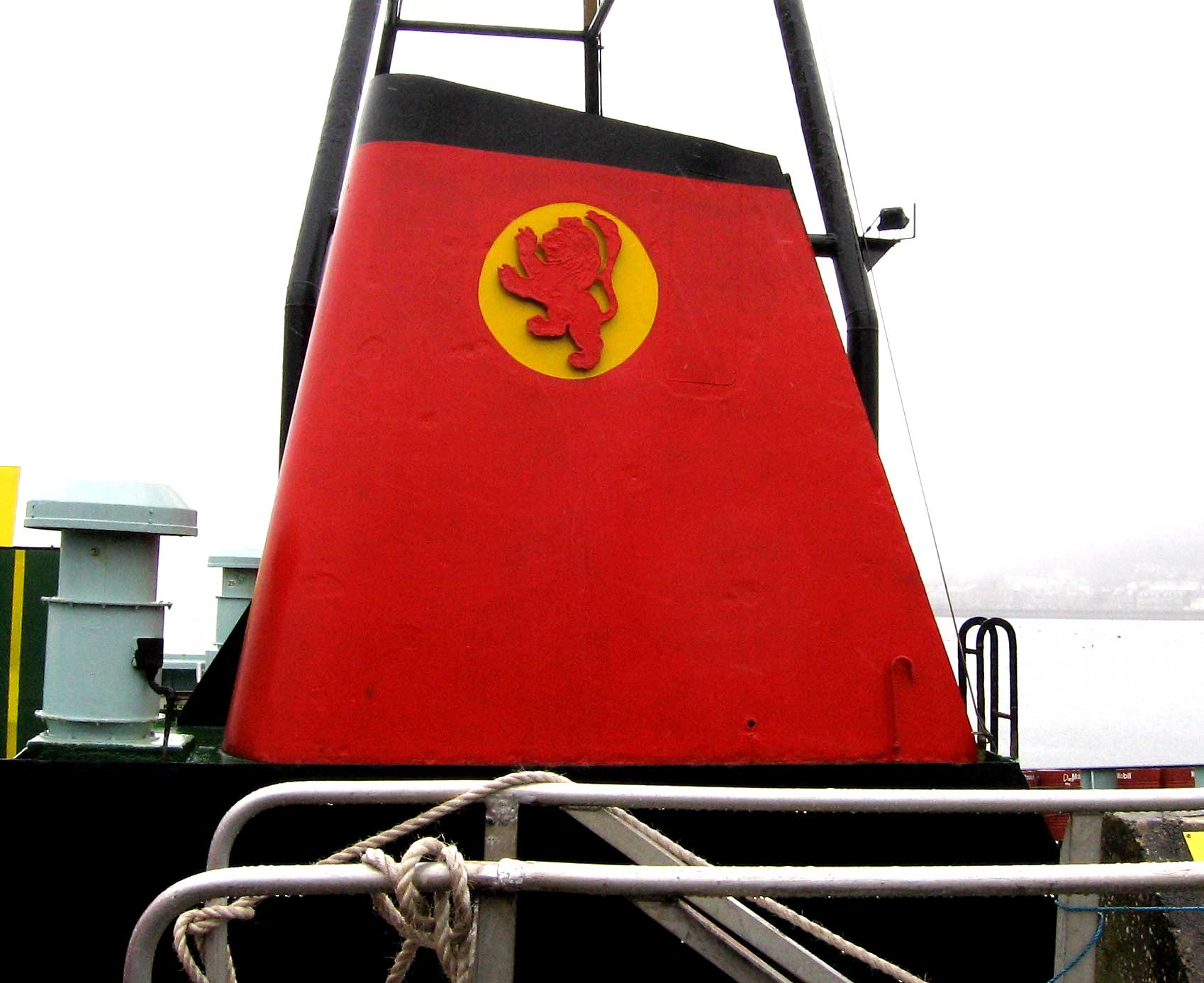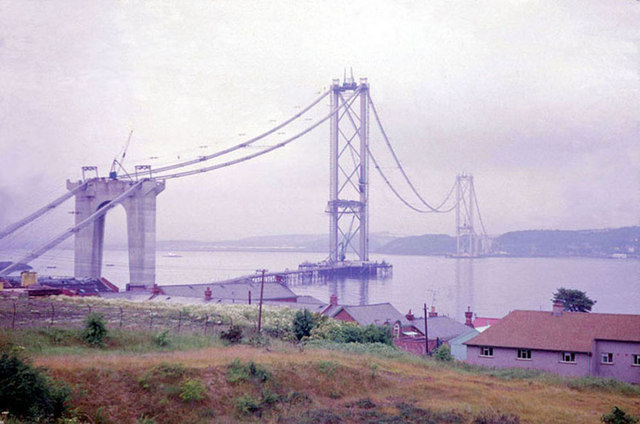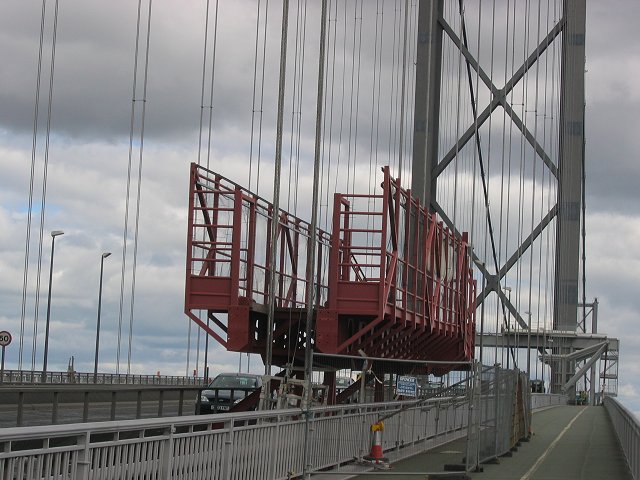|
Inter Regalia (Scots Law)
The ''inter regalia'' are the rights falling to the Crown (ie: The King/Queen of Scots) in Scots Property law. The term derives from Latin ''inter'' (among) and ''regalia'' (things of the king). There are two classes of rights, divided into: *''The regalia majora'' (major regalia), which are inseparable from the person of the sovereign. *''The regalia minora'' (minor regalia), which may be conveyed to a subject. The Regalia Majora ection in Edit The Regalia Minora Under feudal law, which operated in Scotland from the Davidian Revolution until 28 November 2004, all land in Scotland was originally owned by the Crown (ie: The King/Queen of Scots of the time). Certain rights in the land, called the ''regalia minora'', could be reserved to the Crown when the Crown granted land to a Crown vassal. Today, following the abolition of feudalism, any of the ''regalia minora'' that has not been expressly granted to the owner of land through previous grant or another individual as a separat ... [...More Info...] [...Related Items...] OR: [Wikipedia] [Google] [Baidu] |
Crown Estate Scotland
Crown Estate Scotland ( gd, Oighreachd a' Chrùin Alba) is the public corporation of the Scottish Government responsible for the management of land and property in Scotland owned by the monarch 'in right of the Crown'. It devolved from the Crown Estate of the United Kingdom under the Scotland Act of 2016. It is responsible for a range of rural, coastal and marine assets across Scotland. The monarch remains the legal owner of these assets, but they do not form the private property of the monarch, and cannot be sold by the monarch. Surplus revenue (i.e. revenue profit) from Crown Estate Scotland does not belong to the monarch, but is paid to the Scottish Consolidated Fund which in turn finances the Scottish Government. Crown Estate Scotland's main income source is from leases on the property, which is mostly in sectors such as offshore renewables, farming, tourism and aquaculture. The corporation is one of the largest property managers in Scotland, managing assets worth £568.2& ... [...More Info...] [...Related Items...] OR: [Wikipedia] [Google] [Baidu] |
Deeds Registration
Deeds registration is a land management system whereby all important instruments which relate to the common law title to parcels of land are registered on a government-maintained register, to facilitate the transfer of title. The system had been used in some common law jurisdictions and continues to be used in some jurisdictions, including most of the United States. It is being replaced by Torrens systems in many jurisdictions. Australia, Ireland as well as most Canadian provinces have converted from deeds registries to Torrens titles. Some Canadian provinces have never operated a deeds registry and have always used Torrens titles. Other Canadian provinces which have converted from a deeds registry to Torrens titles have operated both systems in conjunction until the Torrens system gradually superseded the deeds registry system, as was the case in Nova Scotia and New Brunswick during the 2000s. In the Canadian province of Ontario, electronic registration led to Ontario's version ... [...More Info...] [...Related Items...] OR: [Wikipedia] [Google] [Baidu] |
Gold
Gold is a chemical element with the symbol Au (from la, aurum) and atomic number 79. This makes it one of the higher atomic number elements that occur naturally. It is a bright, slightly orange-yellow, dense, soft, malleable, and ductile metal in a pure form. Chemically, gold is a transition metal and a group 11 element. It is one of the least reactive chemical elements and is solid under standard conditions. Gold often occurs in free elemental ( native state), as nuggets or grains, in rocks, veins, and alluvial deposits. It occurs in a solid solution series with the native element silver (as electrum), naturally alloyed with other metals like copper and palladium, and mineral inclusions such as within pyrite. Less commonly, it occurs in minerals as gold compounds, often with tellurium (gold tellurides). Gold is resistant to most acids, though it does dissolve in aqua regia (a mixture of nitric acid and hydrochloric acid), forming a soluble tetrachloroaurate anion. Gold is ... [...More Info...] [...Related Items...] OR: [Wikipedia] [Google] [Baidu] |
Royal Mines Act 1424
The Royal Mines Act 1424 was an act of the Parliament of Scotland (1424 c. 12) stating that gold and silver mines containing ore above a certain value would belong to the king. This made such mines '' inter regalia'' under Scots law (that is, property belonging to the sovereign), and by the phrasing of the act lead mines were also included when the ore from those mines produced the requisite amount of silver. The effects of this act were negated by the Mines and Metals Act 1592 (1592 c. 31), which dissolved mines from the sovereign but did not change their status as ''inter regalia''. The act in its entirety is as follows: Acts of the Old Scottish Parliament, legislation.gov.uk or in modern English: The act was passed by the |
Prescriptive Possession
Linguistic prescription, or prescriptive grammar, is the establishment of rules defining preferred usage of language. These rules may address such linguistic aspects as spelling, pronunciation, vocabulary, syntax, and semantics. Sometimes informed by linguistic purism, such normative practices often suggest that some usages are incorrect, inconsistent, illogical, lack communicative effect, or are of low aesthetic value, even in cases where such usage is more common than the prescribed usage. They may also include judgments on socially proper and politically correct language use. Linguistic prescriptivism may aim to establish a standard language, teach what a particular society or sector of a society perceives as a correct or proper form, or advise on effective and stylistically felicitous communication. If usage preferences are conservative, prescription might appear resistant to language change; if radical, it may produce neologisms. Prescriptive approaches to language are oft ... [...More Info...] [...Related Items...] OR: [Wikipedia] [Google] [Baidu] |
Caledonian MacBrayne
Caledonian MacBrayne ( gd, Caledonian Mac a' Bhriuthainn), usually shortened to CalMac, is the major operator of passenger and vehicle ferries, and ferry services, between the mainland of Scotland and 22 of the major islands on Scotland's west coast. Since 2006, the company's official name has been CalMac Ferries Ltd, although it still operates as Caledonian MacBrayne. In 2006, it also became a subsidiary of holding company David MacBrayne, which is owned by the Scottish Government. History David MacBrayne MacBrayne's, initially known as David Hutcheson & Co., began in 1851 as a private steamship operator when G. and J. Burns, operators of the largest of the Clyde fleets, decided to concentrate on coastal and transatlantic services and handed control of their river and Highland steamers to a new company in which Hutcheson, their manager of these services, became senior partner. One of the other partners was David MacBrayne (1817-1907), nephew of Messrs. Burns. In 1878, the ... [...More Info...] [...Related Items...] OR: [Wikipedia] [Google] [Baidu] |
Forth Road Bridge
The Forth Road Bridge is a suspension bridge in east central Scotland. The bridge opened in 1964 and at the time was the longest suspension bridge in the world outside the United States. The bridge spans the Firth of Forth, connecting Edinburgh, at South Queensferry, to Fife, at North Queensferry. It replaced a centuries-old ferry service to carry vehicular traffic, cyclists and pedestrians across the Forth; railway crossings are made by the nearby Forth Bridge, opened in 1890. The Scottish Parliament voted to scrap tolls on the bridge from February 2008. The adjacent Queensferry Crossing was opened in August 2017 to carry the M90 motorway across the Firth of Forth, replacing the Forth Road Bridge which had exceeded its design capacity. At its peak, the Forth Road Bridge carried 65,000 vehicles per day. The Forth Road Bridge was subsequently closed for repairs and refurbishment. It reopened in February 2018, now redesignated as a dedicated Public Transport Corridor, with acc ... [...More Info...] [...Related Items...] OR: [Wikipedia] [Google] [Baidu] |
Queensferry Crossing
The Queensferry Crossing (formerly the Forth Replacement Crossing) is a road bridge in Scotland. It was built alongside the existing Forth Road Bridge and carries the M90 motorway across the Firth of Forth between Edinburgh, at South Queensferry, and Fife, at North Queensferry. Proposals for a second Forth Road crossing, to meet unexpected demand, were first put forward in the 1990s, but no action was taken until structural issues were discovered in the Forth Road Bridge in 2004. In 2006-2007 Transport Scotland carried out a study and in December 2007, took the decision to proceed with a replacement bridge. The following year it was announced that the existing bridge would be retained as a public transport link. The Forth Crossing Act received Royal Assent in January 2011. In April 2011, the Forth Crossing Bridge Constructors Consortium were awarded the contract and construction began in late Summer/Autumn of 2011. The Queensferry Crossing is a three-tower cable-stayed bridge, ... [...More Info...] [...Related Items...] OR: [Wikipedia] [Google] [Baidu] |
South Queensferry
Queensferry, also called South Queensferry or simply "The Ferry", is a town to the west of Edinburgh, Scotland. Traditionally a royal burgh of West Lothian, it is administered by the City of Edinburgh council area. It lies ten miles to the north-west of Edinburgh city centre, on the shore of the Firth of Forth between the Forth Bridge, Forth Road Bridge and the Queensferry Crossing. The prefix ''South'' serves to distinguish it from North Queensferry, on the opposite shore of the Forth. Both towns derive their name from the ferry service established by Queen Margaret in the 11th century, which continued to operate at the town until 1964, when the Road Bridge was opened. Its population at the 2011 census was 9,026 based on the 2010 definition of the locality which in addition to the burgh includes Dalmeny. Toponymy The Gaelic name ''Taobh a Deas Chas Chaolais'' means " heSouthern Side of heSteep Strait". The name "Cas Chaolas" (Steep Strait) is older than the English name; it ... [...More Info...] [...Related Items...] OR: [Wikipedia] [Google] [Baidu] |
North Queensferry
North Queensferry is a village in Fife, Scotland, situated on the Firth of Forth where the Forth Bridge, the Forth Road Bridge, and the Queensferry Crossing all meet the Fife coast, some from the centre of Edinburgh. It is the southernmost settlement in Fife. The prefix ''North'' serves to distinguish it from South Queensferry, on the opposite shore of the Forth. Both towns derive their name from the ferry service established by Queen Margaret in the 11th century, which continued to operate at the town until 1964, when the Road Bridge was opened. According to the 2011 census, the village has a population of 1,076. Toponymy The Scottish Gaelic name "Taobh a Tuath Chas Chaolais" means " heNorthern Side of heSteep Strait". The name "Cas Chaolas" (Steep Strait) is older than the English name "Queensferry" and older than the Scottish Gaelic equivalent of the English name, which is "Port na Banrighinn" (the port of the queen). "Cas Chaolas" can be applied to either North or South ... [...More Info...] [...Related Items...] OR: [Wikipedia] [Google] [Baidu] |






